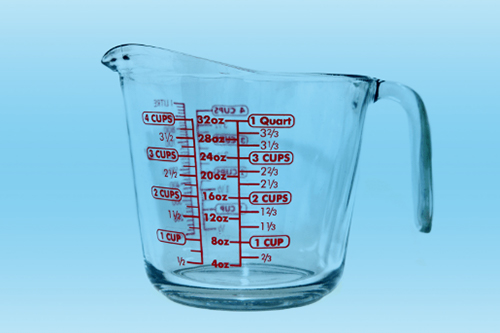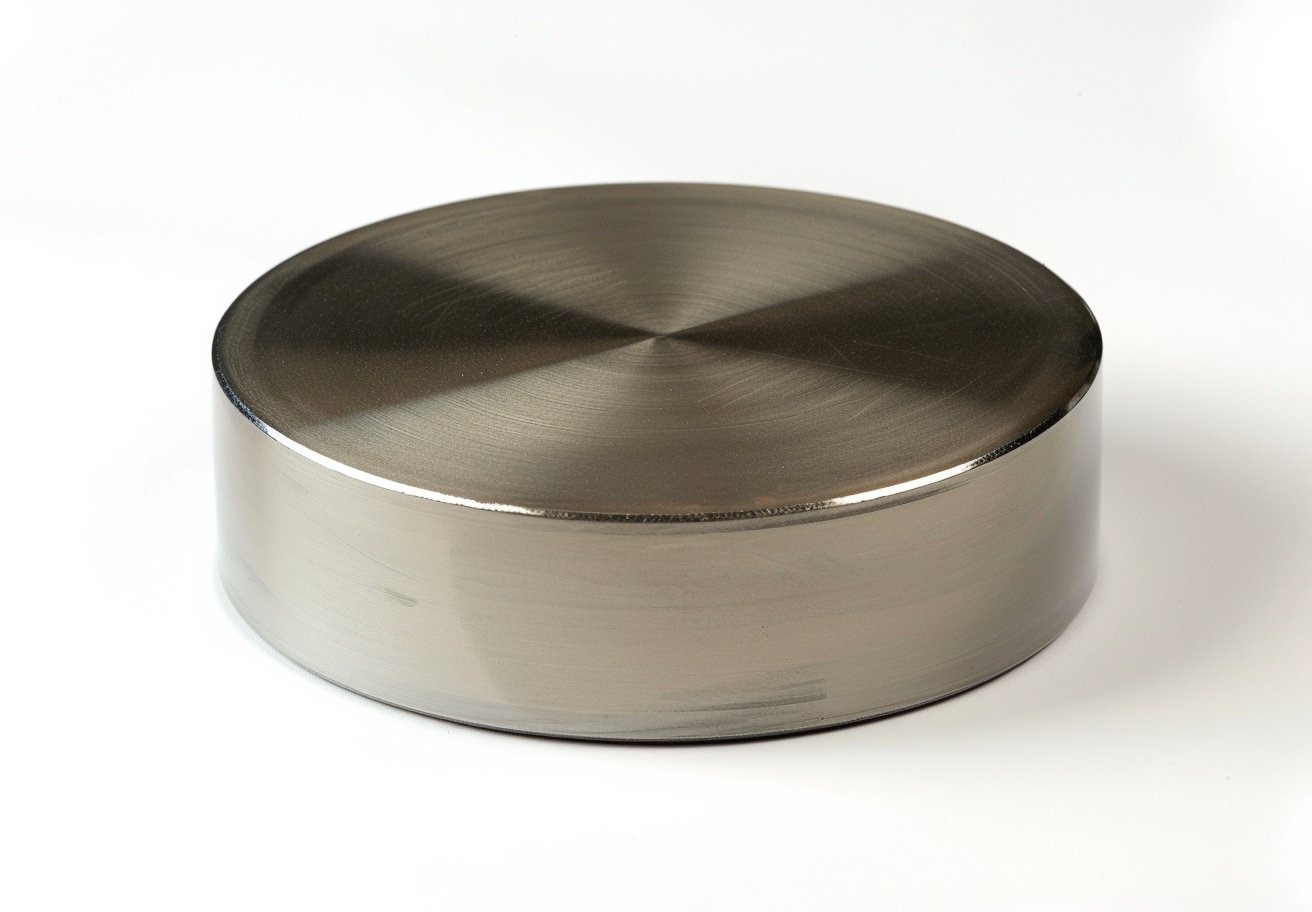Weight Conversion Table
The Significance of Accurate Weight Conversion
A detailed weight conversion table facilitates the conversion of measurements between kilograms (kg) and pounds (lbs) for a range of applications.
Accurate weight conversion is critical in fields such as medicine, engineering and nutrition. Miscalculations may result in incorrect medication dosages, structural deficiencies in construction or imprecise dietary plans. A reliable weight conversion table thus ensures precision and consistency across various sectors.
Understanding Kilograms and Pounds
Kilograms and pounds are two of the most common units for measuring weight. Kilograms (kg) form part of the metric system, which is used worldwide, whereas pounds (lbs) are used primarily in the United States and certain other countries. Knowledge of the conversion between these units is essential for international trade, travel and scientific research.
Applications of Weight Conversion
Weight conversion tables are used in a variety of scenarios, including:
- Travel: Conversion of baggage weight limits between kg and lbs.
- Cooking: Adjusting recipe measurements based on regional units.
- Fitness: Monitoring body weight and progress in fitness regimes.
- Scientific Research: Maintaining consistency in experimental data and reports.
Benefits of Using a Weight Conversion Table
- Time Saving: Rapid access to conversion values without manual calculations.
- Accuracy: Reduces the likelihood of errors during weight conversion.
- Convenience: Easily accessible for everyday and professional use.
Weight Conversion Table
Please find below the weight conversion table for common units:
|
Unit |
In Grams (g) |
In Kilograms (kg) |
In Ounces (oz) |
In Pounds (lbs) |
In Stones (st) |
In Metric Tonnes (t) |
|
Gram (g) |
1 |
0.001 |
0.035274 |
0.00220462 |
0.000157473 |
0.000001 |
|
Kilogram (kg) |
1 000 |
1 |
35.274 |
2.20462 |
0.157473 |
0.001 |
|
Ounce (oz) |
28.3495 |
0.0283495 |
1 |
0.0625 |
0.004464 |
0.0000283495 |
|
Pound (lbs) |
453.592 |
0.453592 |
16 |
1 |
0.0714286 |
0.000453592 |
|
Stone (st) |
6 350.29 |
6.35029 |
224 |
14 |
1 |
0.00635029 |
|
Metric Tonne (t) |
1 000 000 |
1 000 |
35 274 |
2 204.62 |
157.473 |
1 |
Notes:
- Gram (g): A small unit of weight frequently employed in scientific measurements and culinary applications.
- Kilogram (kg): The standard unit of mass in the metric system, particularly used for human body weight and general weight measurements in most countries.
- Ounce (oz): A minor unit of weight, commonly utilised in the United States for food, postal items and various products.
- Pound (lbs): Widely used in the United States and the United Kingdom for measuring body weight and commercial goods.
- Stone (st): Primarily used in the United Kingdom for body weight measurement, with 1 stone equating to 14 pounds.
- Metric Tonne (t): A large unit employed for weighing heavy objects such as vehicles, freight or industrial products.
- For further information please visit Stanford Advanced Materials (SAM).
Frequently Asked Questions
What is the precise conversion rate from kilograms to pounds?
One kilogram is equivalent to approximately 2.20462 pounds.
Can the weight conversion table be used for both small and large weights?
Yes, the table covers weights from 1 kilogram to 1 000 kilograms, thereby catering to a variety of requirements.
Is the weight conversion table applicable in scientific research?
Certainly, as it ensures precision and consistency in data reporting and experimental work.
How frequently should I consult the weight conversion table?
Use the table whenever converting between kilograms and pounds to maintain accuracy.
Are there digital tools available for weight conversion besides the tables?
Several online calculators and smartphone applications perform weight conversions instantly.

 Bars
Bars
 Beads & Spheres
Beads & Spheres
 Bolts & Nuts
Bolts & Nuts
 Crucibles
Crucibles
 Discs
Discs
 Fibers & Fabrics
Fibers & Fabrics
 Films
Films
 Flake
Flake
 Foams
Foams
 Foil
Foil
 Granules
Granules
 Honeycombs
Honeycombs
 Ink
Ink
 Laminate
Laminate
 Lumps
Lumps
 Meshes
Meshes
 Metallised Film
Metallised Film
 Plate
Plate
 Powders
Powders
 Rod
Rod
 Sheets
Sheets
 Single Crystals
Single Crystals
 Sputtering Target
Sputtering Target
 Tubes
Tubes
 Washer
Washer
 Wires
Wires
 Converters & Calculators
Converters & Calculators
 Write for Us
Write for Us
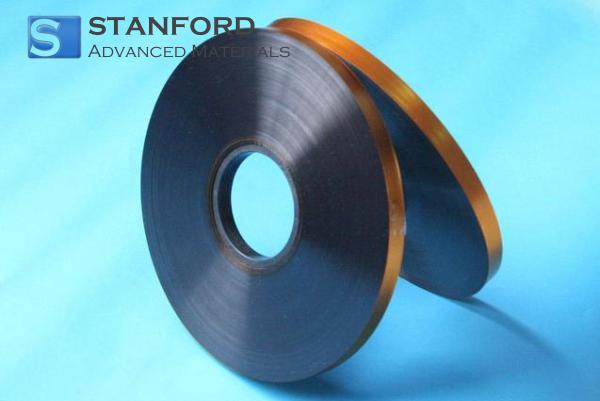
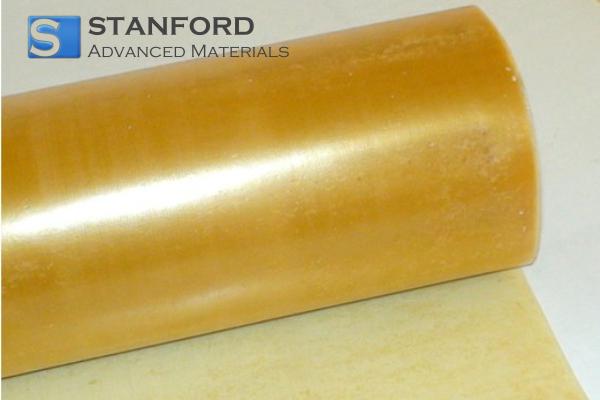

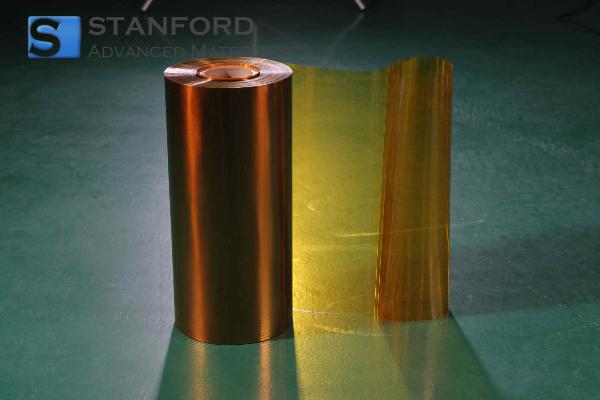
 Chin Trento
Chin Trento

